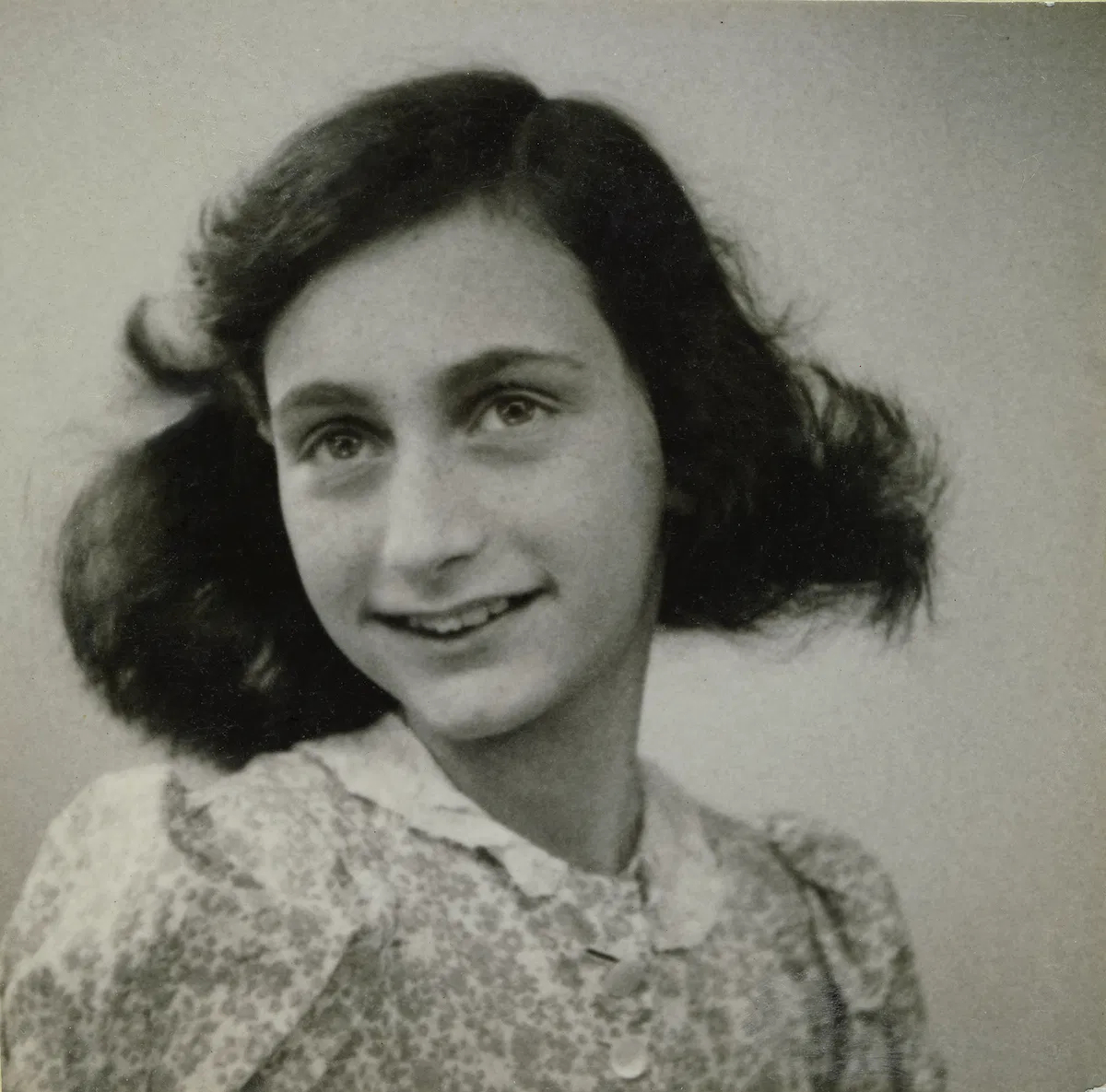She was born in Frankfurt, Germany. After the NSDAP won the elections and Adolf Hitler took power, the Frank family moved to the Netherlands. In 1940, the Germans entered the Netherlands and the Franks could not get out of the country. A year later, Anne was deprived of her German citizenship. At that time, stronger persecution of people of Jewish origin began, as a result of which Anne and her older sister Margot had to stop studying at school. When in July 1942 Margot received a summons to report to a labor camp, Otto Frank, the girls’ father, hid the family in a specially prepared room in his company.
On her 13th birthday, Anne Frank received an album in which she began writing a diary. Her first entry on June 12, 1942 read:
I think I will be able to entrust everything to you as I have never trusted anyone before, and I hope that you will be a great support for me.
Anne Frank described everyday living conditions, her observations, and conversations with other people hiding in the annex. Otto Frank also offered to hide his business partner, Hermann van Pels, his wife Auguste and son Peter, and later his friend Fritz Pfeffer also joined him.
Anne Frank wrote a diary in the form of letters to her probably non-existent friend Kitty. Despite the difficult conditions in which she lived, her notes have a positive tone. In them, she described, among other things, her feelings for Peter, who was hiding with her:
I think a lot, but I don’t say much. I’m happy when I see him and the sun is still shining. Yesterday, during the main washing-up, I was very cheerful, and I knew he was sitting in the next room.
After two years, the Germans discovered the Frank family’s hideout. This was most likely due to the betrayal of Otto’s friend, Arnold van den Bergh. The Germans discovered eight people in the hiding place, and as a result, the entire family was sent to the Auschwitz-Birkenau camp. In the camp, women and men were separated from each other. Soon the Frank sisters fell ill and were taken to the camp hospital. Their mother Edith Frank gave them her food to support her daughters. In October 1944, the selection of women for deportation to the Bergen-Belsen camp began. Anne Frank, her sister and Auguste van Pels left, and Edith Frank remained in Auschwitz-Birkenau, where she soon died.
The living conditions in Bergen-Belsen were tragic – the excessive influx of new prisoners meant that there were not even barracks for them. Overcrowding in the camp led to a rapid spread of diseases in the camp. According to the memories of two of Anne Frank’s friends who survived the camp, Anne Frank was very emaciated. She allegedly told one of them that after the war she would like to write a book based on her diary.
They last spoke to Anne Frank in February 1945. Both Frank sisters died in the camp in February or March, and the cause of death was most likely typhus.
Otto Frank survived his stay in Auschwitz-Birkenau. When he returned home, he received his daughter’s diary, and when he learned about her death, he decided to publish the book.
